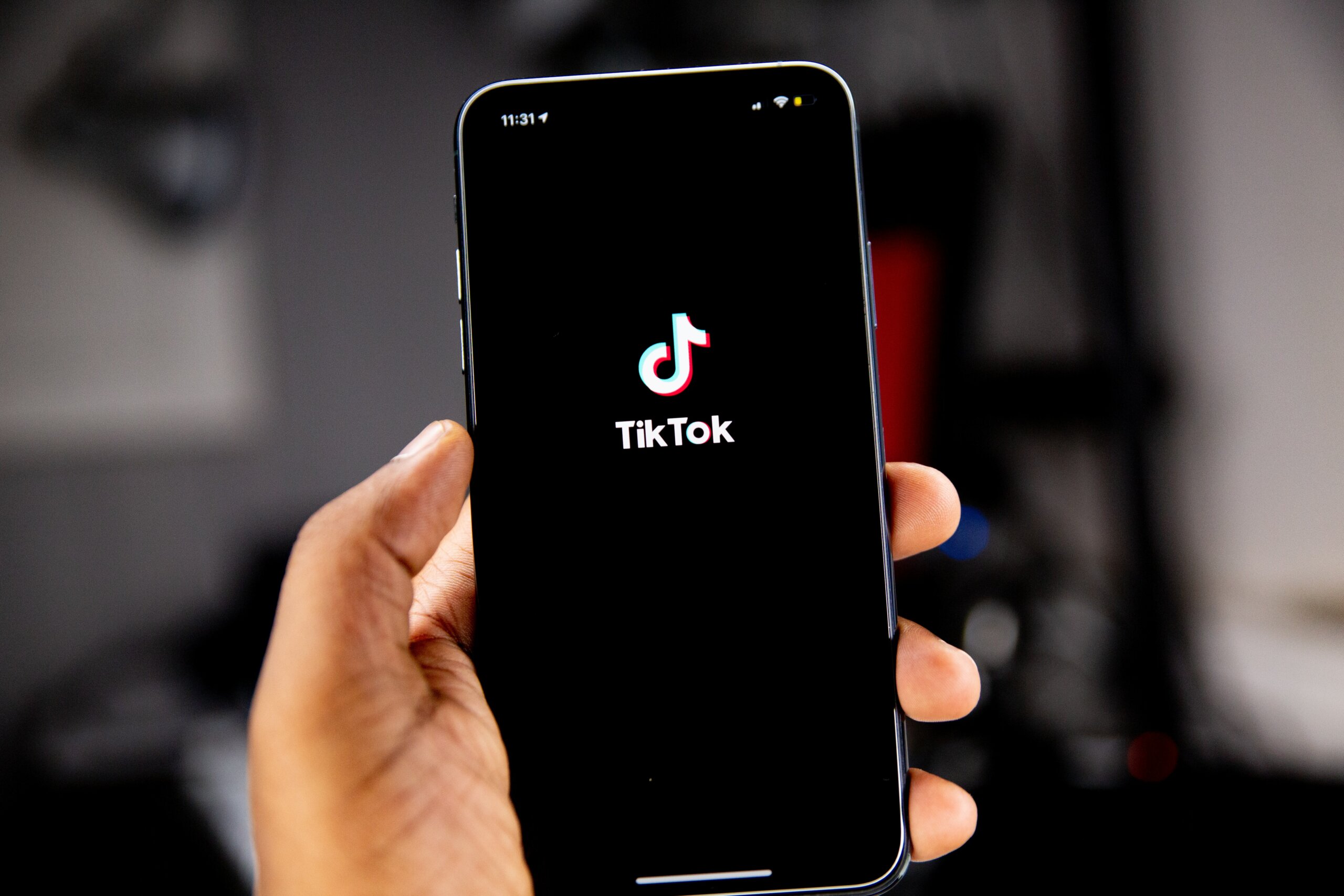In the present computerized age, marks that disregard the compass and impact of social media marketing showcasing are passing up a critical advanced channel for client commitment. As a matter of fact, 80% of advertisers see esteem in virtual entertainment and are sure about a Return on Investment (ROI) as it can assist with acquiring important client experiences and lift other showcasing exercises as per Hootsuite’s 2022 Social Trends Report.
Advertisers can appreciate upgraded lead age benefits with web-based entertainment while an appropriately executed virtual social media strategy can further develop search rankings, drive more site traffic, and increment transformation rates.
In any case, how might you make a powerful virtual entertainment technique when you don’t realize which channels to pick? With so numerous choices, it can appear to be overpowering to sort out whether your business needs to assemble an internet-grounded presence exercising Snapchat or Instagram, LinkedIn or TikTok.
Beneath, we’ve framed a straightforward bit by bit process you can follow to assist with choosing your social channels and pursue the most ideal choice in view of the main variables.
What are your social media strategy objectives?
Having the option to interface your web-based entertainment channels to your technique’s undeniable level goals is fundamental. In the event that you can’t make sense of by what means a specific channel will assist you with accomplishing your objectives, then, at that point, it’s without a doubt you shouldn’t take on it.
Use social media to increase brand awareness:
As an initial step, you ought to consider choosing deeply grounded stages with an enormous crowd as this will assist you with focusing on a great many possibilities. It’s likewise worth remembering well known and specialty stages assuming you comprehend your personas and find that advertising on a network such as TikTok for instance would assist you with reverberating with a more youthful and visual segment.
One of the best strategies for raising brand mindfulness and expanding reach is through paid advancement (this is a prudent choice, whatever your spending plan). Thus, get some margin to explore the web-based entertainment promoting choices accessible to you. Facebook’s advertising platform, for instance, has gained notoriety for creating noteworthy ROI.
Use social media to enhance lead generation:
Web-based entertainment is a critical device for advertisers hoping to produce top notch leads. By utilizing designated crusades, you can draw in applicable possibilities that can be supported in your channel to change over. As per eMarketer research, 59% of advertisers got down via online entertainment promoting as the best lead age apparatus in their munitions stockpile.
According to a B2B point of view, LinkedIn is famous for being a boss in the online entertainment lead age, whether it’s through joining gatherings, creating targeted ads, partaking in conversations, or looking with cutting edge channels. Facebook and Twitter ads are likewise profoundly successful and frequently partake in a cheaper Per Click (CPC) than an AdWords crusade!
What channels is your target audience using?
After you’ve adjusted your objectives to your virtual entertainment channel determination, you really want to consider where your crowd is collaborating on the web. For example, having an Instagram account for your brand could be a squandered exertion on the off chance that your biggest client portion is 70-year elderly people ladies. Essentially, there may not be an enticing contention for advancing your business on Pinterest on the off chance that you’re just focusing on men.
The most secure and best web-based entertainment methodologies are educated by virtual social media demographics. These information driven experiences will guarantee that your procedure, and the channels you pick, work with the most significant, designated approach conceivable, which will build your possibilities of change.
Utilizing a social listening instrument, for example, Sprout Social will assist you with dissecting your ongoing supporters. This will furnish you with orientation, age and area information for your ongoing social crowds, which will assist you with concluding which channels merit keeping up with, and which aren’t.
On the off chance that you haven’t yet picked any channels, or you might want to venture into already neglected stages, the Pew Research Center has led an investigation that frames the critical socio economics for the overwhelming majority web-based entertainment stages.
For instance, did you have at least some idea that on the web, ladies are bound to utilize Instagram more than men (44% versus 36%)? Or on the other hand that 50 percent% of LinkedIn clients procure a compensation more than $75,000?
To put it plainly, while picking your web-based entertainment channels, consistently back up your choices with segment information, as opposed to being driven by latest things.
What channels are your competitors using?
Similarly significant as dissecting the channels your interest group uses is considering what web-based entertainment your rivals are dynamic on. This will give a benchmark against which you can measure industry action, and assist with directing your choices.
Ask yourself, what kind of happiness do they post? Do they stage explicit substance? How consistently do they create platform-specific content? What number of preferences or offers do their posts get? Checking how dynamic your rivals are via online entertainment, as well as how well their supporters draw in with what they post, will furnish you with important experiences you can imitate to ensure a positive outcome for your methodology. Utilize our Competitor Analysis Tracker to perceive how well your rivals are doing with regards to arriving at their main interest group.
Once more, you can utilize social listening apparatuses to discover which brands in your industry have the most broad reach and biggest impact via online entertainment. Buzzsumo, for instance, will allow you to examine your rivals’ top-performing content regarding social offers, as well as which content arrangements and lengths best draw in clients. You will likewise have the option to see the social channels from which they get the most offers.
The most effective system to Choose the Stylish Social Media Channels for Your Business:
Utilizing an audience listening tool can assist you with discovering which brands in your industry have the biggest reach and effect via online entertainment.
Brandwatch Analytics allows you to screen your rival’s online entertainment yield across Facebook and Twitter and empowers you to follow any notices of them across the web. There are several listening tools that you can use to complete such contender investigations, so anything you pick, ensure you research those accessible and know about your choices.
What kind of content do you want to create?
This is a pivotal inquiry as there is a wide range of different content types – some that will supplement your business objectives and brand character, and some that will not. Furthermore, certain substance organizations will be more fit to specific social channels than others.
If you still share industry updates, company news and whitepapers:
These substance designs are generally reasonable for B2B crowds who can be overwhelmingly found on proficient stages like LinkedIn. On the off chance that you have an organization Twitter account or a singular one that you use for proficient purposes, these are likewise ideal stages to draw in individual experts with industry-explicit substance. Look at a few astounding examples of B2B content marketing on the off chance that you’re searching for motivation.
If you want to share video content:
On the off chance that your video content is short-structured and focused on a more youthful crowd, you might need to think about Instagram, TikTok or Snapchat. Assuming that it’s more drawn out and more widespread in its allure, Facebook and Twitter can likewise create elevated degrees of commitment. Also starting a YouTube channel, the world’s second-biggest web search tool which sees north of 3 billion inquiries every month.
If you want to share image-based content:
If you’re a B2C brand with a drawing in item to sell, you should consider promoting your content on Pinterest. As per Shopify, 98% of clients influence the stage to attempt new things in view of what they see. Instagram is great for building an optimistic visual brand story.
If you want to share editorial content:
For organizations hoping to secure themselves as a believed industry suspected pioneer, distributing an article on LinkedIn’s distributing stage can open their image to almost 800 million individuals. Medium is one more well known distributing stage that as per Neil Patel has 153 million clients, 53 percent of which procure more than $100,00 each year.
In the event that you can distinguish the substance configurations to focus on in your web-based entertainment procedure, you’ll find it simpler to settle on your last channel decisions.
How many channels should you manage?
Did you have any idea that many brands utilize a few online entertainment channels? While it’s exceptionally far-fetched that just utilizing one channel to feature your image will do, finding some kind of harmony can be precarious. Assuming you are dynamic on an excessive number of stages, you’ll spread yourself too daintily and weaken the effect of your endeavors. Notwithstanding, assuming that you depend on only one stage, your image perceivability and reach could endure.
A virtual social media calendar and a planning device, for example, Buffer will assist you with saving time and boost your assets by allowing you to plan posts ahead of time. You can likewise cross-post analogous substance across the wholeness of your channels, or developer posts for specific stages. Support likewise allows you to add pictures, which is significant when you consider that substance with important pictures gets a larger number of perspectives than content without symbolism.
This degree of robotization will empower you to integrate more channels into your procedure, however beginning small is generally significant. Whenever you’ve tracked down two or three social channels that work for you, then, at that point, it means to explore different avenues regarding another stage. In the event that you trickle feed new channels into your methodology, you’ll try not to sit around idly and cash.
Achieve social media success for your business:
DMI’s Social Media Marketing course will assist you with understanding the basics and complexities of virtual entertainment advertising. You’ll figure out how to direct friendly exploration, make connections with social substance, foster a web-based entertainment system and plunge into the vital social stages to draw in, support and convert clients. Select today to begin on your virtual entertainment venture.

























































